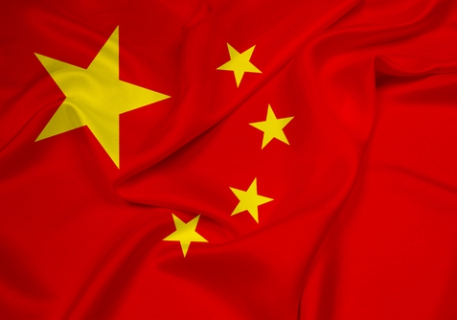How Banks And Card Networks Are Helping Corporate Treasury Teams

Corporations typically have intricate treasury and payments challenges. As technology continues to evolve, it’s necessary for some corporate teams to rethink their payments options. But what specifically are those options, and which banks and card networks are providing them?
Recent data from China’s central bank show that cross-border trade in the first half of the year using the country’s enminbi (RMB) currency, or yuan, totaled 3.27 trillion yuan ($531.15 billion), up 1.22 trillion yuan, or 168 percent, from the same period last year.
The fast rise of the yuan in cross-border trade closely relates to the growth of the offshore RMB markets overseas, according to analysts’ views noted by Ecns.com.cn.
The Chinese central bank this year has signed memoranda of understanding with five other central banks on launching yuan-clearing businesses, with the Bank of Communications becoming the latest bank authorized as the clearing bank for RMB business in Seoul, ECNS.com reported. The others involved Europe’s central banks in London, Paris, Frankfurt, and Luxembourg.
“The RMB clearing arrangements in Europe have certainly drawn much attention, but it is because there is a massive market demand out there,” said Wu Bin, general manager of the international business department under the Industrial and Commercial Bank of China, China’s biggest bank.
Bilateral trade between China and Europe hit almost US$730 billion last year, up 6.9 percent from the previous year. As PYMNTS.com reported recently, international trading in Chinese yuan has grown especially strong in Singapore, accounting for 6.8 percent of all offshore renminbi-denominated currency payments last year. That put the small nation ahead of perennial No. 2 London, which only did 5.9 percent, but still trailing Hong Kong’s 72 percent by a very wide margin.
“Over the last four to five years, we find the accelerator in Singapore would be regional treasury centers. There are far more regional treasury centers in Singapore taking care of not only ASEAN, but the entire Asia Pacific, and in some instances, they have a remit beyond Asia Pacific as well, to include some of South Asia,” said Neil Daswani, global head of the Global Corporates Group at Standard Chartered Bank, reports Channel News Asia.
Singapore first offshore yuan clearing facility opened for business last May, and by the end of December, yuan deposits in the country had hit 200 billion.
Global payments in yuan have continued to grow since China launched yuan settlement for cross-border trade in 2009. The yuan accounted for 1.62 percent of global payments during the first quarter, ranking seventh worldwide and well behind the U.S. dollar and euro, central bank data show.
“In order to make the yuan become a mainstream settlement currency globally, we have to make overseas investors willing to hold yuan products,” Huang Zhiling, chief economist of the China Construction Bank, said in the Ecns.com report.
Faced with the task of cooling off its credit markets and discouraging excessive foreign currency flows, China has recently demonstrated a willingness to let the value of its currency decline, contrary to the long-held belief that buying the renminbi was effectively a “one-way trade,” Fran Rodilosso, fixed income portfolio manager for Market Vectors ETFs, said in a recent PYMNTS.com report.
“The perception in the market has been that the renminbi could only appreciate in value,“ said Rodilosso. “It looks now as if the Chinese have set out to dispel that belief with the People’s Bank of China likely to allow the currency to trade in a wider band, with more latitude to move to the downside.”
